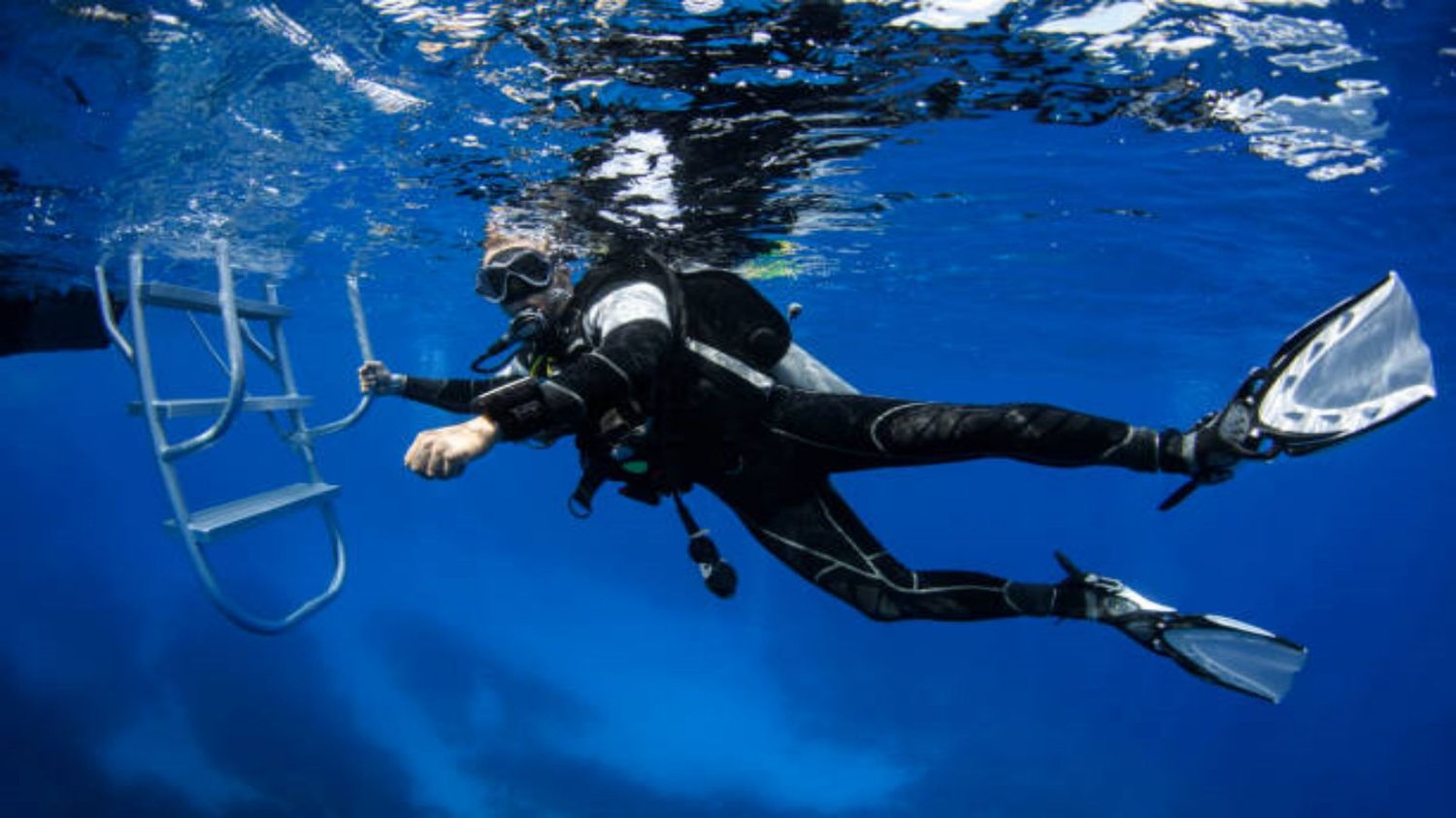What Makes Diving Suit Fabric Different from Regular Fabric
Introduction:
Diving suits are essential equipment for divers, providing protection and insulation in underwater environments. These suits are specially designed with unique fabric materials that set them apart from regular fabrics. In this article, we will explore the key aspects that differentiate diving suit fabric from regular fabric, highlighting their characteristics and functionality.
1. Durability and Strength
Diving suit fabric is engineered to withstand the harsh conditions encountered underwater. It is usually made from durable synthetic materials such as neoprene or rubber. These fabrics have high tensile strength, ensuring they can withstand the pressure exerted by water at varying depths. Regular fabrics, on the other hand, are not designed to withstand such extreme conditions and may succumb to wear and tear quickly.
2. Water Resistance
The primary purpose of a diving suit is to keep the diver dry and protected from water. Diving suit fabric is specially coated or laminated to enhance its water resistance. This coating prevents water from seeping through the fabric, keeping the diver insulated and warm. Regular fabrics lack this water-resistant property, making them unsuitable for underwater use.
3. Thermal Insulation
One of the critical features of diving suit fabric is its ability to provide thermal insulation. Divers often encounter cold temperatures underwater, and the fabric must keep their body heat trapped within the suit. Diving suit fabric is designed with special insulating properties, which help retain body heat and prevent hypothermia. Regular fabrics lack this insulating capability, making them inadequate for diving purposes.
4. Compression Resistance
As divers descend into greater depths, they experience increased water pressure. Diving suit fabric is specifically engineered to withstand this pressure, ensuring it does not compress and compromise the diver's safety. Regular fabrics do not possess this compression resistance, and using them underwater can pose significant risks to divers.
5. Flexibility and Stretch
Mobility is crucial for divers, and diving suit fabric is designed to provide flexibility and stretch. This allows divers to move freely and perform necessary tasks underwater without feeling restricted. The fabric's elasticity enables it to conform to the diver's body shape, ensuring a comfortable fit. Regular fabrics lack the necessary stretch and may restrict movement, hindering the diver's performance.
6. Chemical Resistance
Diving suit fabric is exposed to various chemicals found in seawater, such as salt and chlorine. To withstand these corrosive substances, diving suit fabric is treated with special chemical-resistant coatings. This prevents the fabric from deteriorating quickly and ensures its longevity. Regular fabrics are not designed to withstand exposure to these chemicals and may degrade rapidly in such conditions.
7. UV Resistance
Exposure to sunlight can cause fabric to fade and deteriorate over time. Diving suit fabric is engineered to be highly UV resistant, protecting it from the damaging effects of prolonged sun exposure. Regular fabrics are not designed with this level of UV resistance and may degrade quickly when exposed to sunlight.
8. Buoyancy Control
Diving suit fabric plays a role in buoyancy control for divers. Certain fabrics used in diving suits can be adjusted to provide specific buoyancy characteristics, enabling divers to maintain neutral buoyancy underwater. Regular fabrics do not possess this feature and cannot assist divers in achieving proper buoyancy control.
9. Abrasion Resistance
Underwater environments often contain rough surfaces and sharp objects that can cause abrasions to the diving suit fabric. To mitigate this, diving suit fabric is designed to be highly abrasion-resistant. It can withstand contact with rocks, coral reefs, and other abrasive elements without tearing or wearing out easily. Regular fabrics are not constructed with such abrasion resistance and may be prone to damage in similar conditions.
10. Specialized Features
Lastly, diving suit fabric may incorporate additional specialized features to enhance the diving experience. These features can include reinforced knee and elbow pads, integrated hoods, and pockets for storage. Regular fabrics lack these specific additions, as they are not designed for underwater activities.

